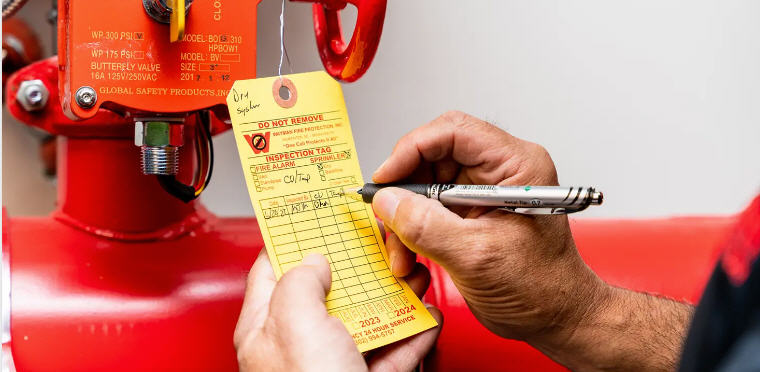
Key Performance Indicator (KPI) for Engineering and Design Services
To name a few:
Project Delivery KPIs
- On-Time Project Completion: Percentage of projects completed within the original schedule. Meeting deadlines is crucial for client satisfaction.
- On-Budget Project Completion: Percentage of projects completed within the original budget. Helps manage costs and profitability.
- Change Orders: Number and value of change orders as a percentage of original contract value. High rates may indicate poor initial planning or scope changes.
- Client Satisfaction with Deliverables (CSAT): Measure client satisfaction with the quality of design solutions, technical drawings, and compliance with specifications.
- Deliverable Rework Rate: Percentage of deliverables needing rework due to errors or changes requested after initial approval. Reducing this is key for efficiency.
Financial KPIs
- Profit Margin: Percentage of revenue remaining after all expenses are accounted for. Measures overall financial health.
- Project Profitability: Profit margin earned on individual projects. Helps identify projects types that are most profitable.
- Billable Utilization Rate: Percentage of working hours billed to clients vs. non-billable time spent on administration, business development, etc. Higher utilization increases revenue potential.
- Overhead Rate: Indirect expenses of running your business divided by total direct labor costs. Managing overhead is key for maintaining profitability.
Business Development KPIs
- Win Rate (Bid Success): Percentage of proposals or bids that result in winning the contract. Helps gauge the competitiveness and effectiveness of your sales process.
- Sales Pipeline Value: Total estimated value of potential projects currently in your pipeline. Helps project future workload and revenue potential.
- Customer Acquisition Cost (CAC): Cost to acquire a new client. Track this to manage marketing and sales expenses.
- Repeat Business: Percentage of business coming from existing clients. Builds a loyal client base.
Operational KPIs
- Time to Proposal Completion: Tracks the speed of your proposal process, important to quickly respond to client inquiries.
- Design Review Cycle Time: Measures the time taken for internal design reviews and iterations, Shorter cycles can improve project turnaround time.
- Error & Omission Rate: Track errors in designs or deliverables that potentially expose you to liability. Aim to minimize this risk.
Innovation & Expertise KPIs
- Investment in Research & Development (R&D): Track spending on R&D initiatives to maintain a competitive edge.
- Training and Development Hours: Track investment in employee skill development and staying up-to-date on industry trends and technologies.









